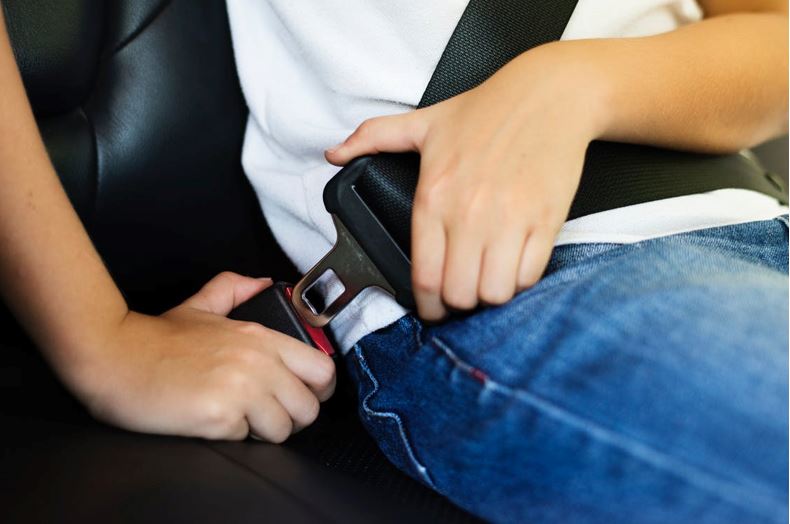
Magnuson Lowell Blog
Each week we post a blog about relevant legal issues. Glance through our various topics to learn more about a particular legal situation.
These articles are for limited informational purposes only and are not, nor are they intended to be, legal advice. You should not rely on this information for your case and should consult with an attorney for advice regarding your individual situation.
Most Recent Posts ...
Posted on: 3/31/2025
Posted on: 3/24/2025
Posted on: 3/17/2025
Posted on: 3/10/2025
Search All Blog Posts
Blog Post Archive Categories
- Reconciling After a Divorce Filing
- Dividing Retirement in Divorce - Do I Need a QDRO?
- Options for Dealing with Real Estate in Your Washington State Divorce
- Positive Thoughts After Losing a Family Law Motion
- Supervised Visitation for Washington Parenting Plans: What You Need to Know
- Filing for Immediate Restraining Orders in King County
- (Redmond/Criminal Defense) Time Matters for a DUI
- (Redmond/Criminal Defense) Field Sobriety Tests - What Not to Do
- (Redmond/Criminal Defense) - The (Redmond/Criminal Defense) - The Ability to Remain Silent
- Battling Father Time: Crafting Your Legacy with Precision
- Tips for Talking to Your Family About Your Estate Plan
- How to Choose Your Personal Representative for your Will
- What is a Trial Continuance in Washington State?
- Renewing a Domestic Violence Protection Order in Washington State
- Little Known Washington Driving Laws
- Divorce Mediation Tips for High-Conflict Couples
- Dealing with Small Business During a Divorce
- The Role of Financial Advisors in High-Asset Divorces
- Why Expediency is Important After Your Car Accident
- Understanding Independent Medical Examinations (IMEs) in Washington State
- It only takes 3 seconds...
- Gotta love our court system!
- (Redmond/Crazy Lawsuit) The Walking Dead: or Not!
- (Redmond/Crazy Lawsuit) Here Comes Football - and Litigation
- Honoring Our Heroes: A Thank You to All Who Have Served!
- Happy Halloween from Magnuson Lowell
- 10 Tips You Need To Know Before Getting On A Motorcycle
- Top 10 Tips You Need To Know Before Getting On A Motorcycle
- Top 10 Tips Riders Need To Know Before Getting On A Motorcycle
- In a Car Collision...Now What?
- Infants and toddlers should ride in a rear-facing car safety seat as long as possible, until they reach the highest weight or height allowed by their seat. Most convertible seats have limits that will allow children to ride rear facing for 2 years or more.
- Once they are facing forward, children should use a forward-facing car safety seat with a harness for as long as possible, until they reach the height and weight limits for their seats. Many seats can accommodate children up to 65 pounds or more.
- When children exceed these limits, they should use a belt-positioning booster seat until the vehicle’s lap and shoulder seat belt fits properly. This is often when they have reached at least 4 feet 9 inches in height and are 8 to 12 years old.
- When children are old enough and large enough to use the vehicle seat belt alone, they should always use lap and shoulder seat belts for optimal protection.
- All children younger than 13 years should be restrained in the rear seats of vehicles for optimal protection.
Car Seats, Booster Seats, and Seat Belts...Washington`s Changing Stance on Driving with Kids

When it comes to children, even recently the standards of changed. The American Academy of Pediatrics has updated their recommendations. Now, instead of the previous guideline – in a rear-facing seat until two years old – the AAP has recommended that children stay rear facing until they meet the height or weight requirements described in the car seat manual. This means that children over two will likely stay rear facing much longer than before.
This change is back by evolving science. Dr. Benjamin Hoffman, lead author on a 2017 study backed by the AAP, states that “Car seats are awesome at protecting children in a crash, and they are the reason death and injuries to children in motor vehicle crashes have decreased. But that also means we just don’t have enough set of data to determine with certainty at which age it is safety to turn children to be forward facing. If you have a choice, keeping your child rear facing.”
Here are the full recommendations from the AAP:
Taking heed of the AAP’s new guidelines, Washington has passed one of the strictest car seat laws in the country effective January 1, 2020. Under the new law, kids under the age of 2 must be in rear-facing car seats, unless they exceed maximum height and weight allowed. Kids between 2 and 4 years old must use forward facing seats, unless they exceed maximum height and weight according to manufacturers. Children between 4 and 16 years old should use a booster seat until they exceed 4 feet 9 inches tall. Finally, children under 13 years old must sit in the back seats of the vehicle.
Parents who do not comply with the new law and don’t have their kids properly restrained can be ticketed – although the amount of the ticket isn’t specified. The laws do not apply to buses, taxis, or shuttles.
While certainly inconvenient for parents, the inconvenience is likely worth it according to doctors. Dr. Beth Ebel – professor of pediatrics at the UW School of Medicine – stated that “This change brings us in line with current best thinking about keeping kids safe.” Dr. Ebel testified in favor of the law and stricter car seat laws. Even at low speeds, kids often experience serious injuries after motor vehicle accidents because seat belts are made for adults, not for kids.
The laws might take some getting used to and telling your diminutive pre-teen that they need to sit in a booster might be a tough conversation, but the proof is in the pudding. The laws are based in science and the advancement of laws and technology have saved kid’s lives. If you have any questions about Washington’s car seat laws, or if you have a child who has been injured in a motor vehicle accident, the experienced attorneys at Magnuson Lowell PS are here to help. Call today for a free consultation.




